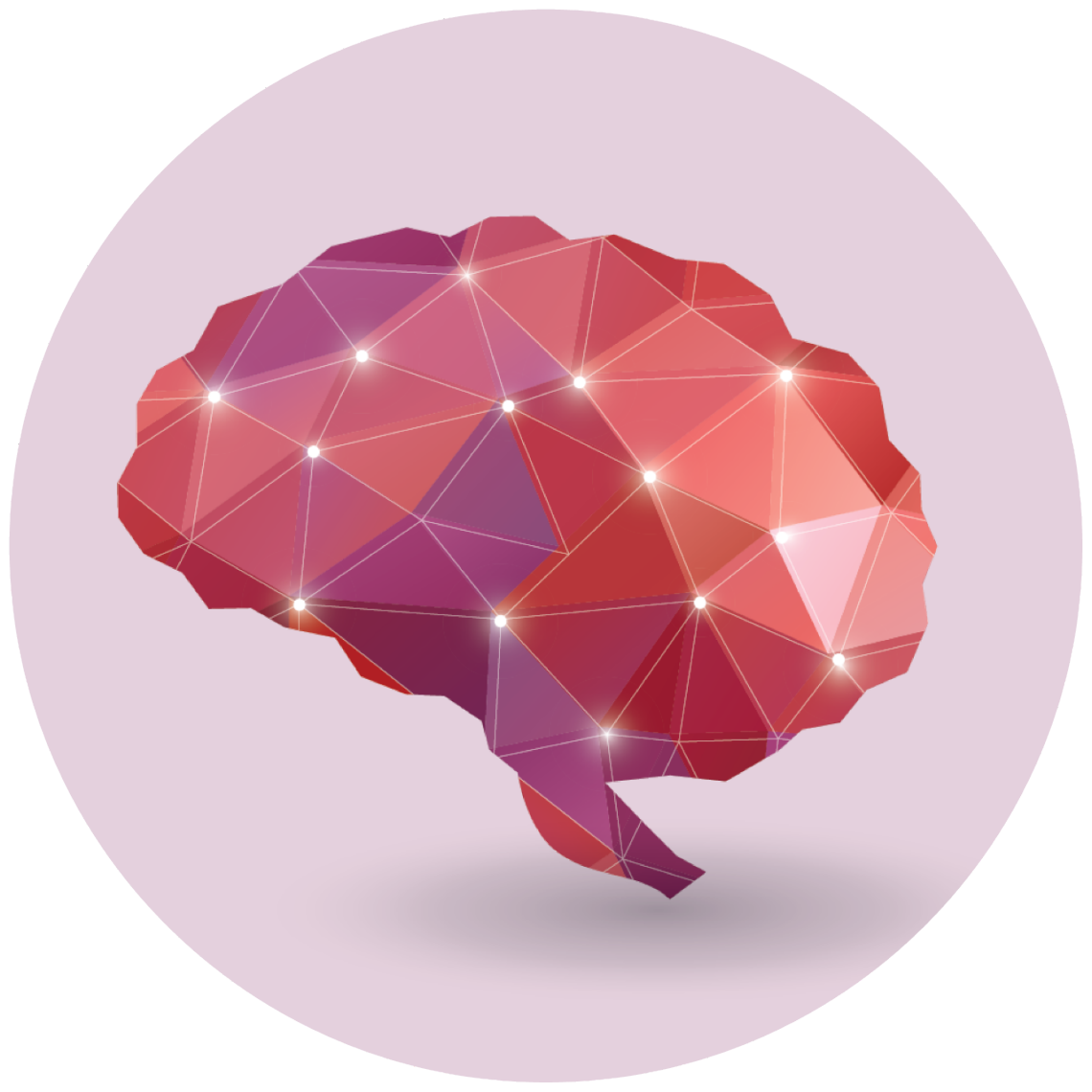AARP Hearing Center


Beth Haller struggled for three years with excruciating foot pain. It came on suddenly without explanation in June 2021. Her feet would turn bright red and become hot and tingly, “like they were on fire,” she says.
Haller, 64, a retired Towson University mass communications professor, couldn’t even put on a pair of socks and regular shoes because they caused her feet so much pain. The most she could handle wearing was Crocs with no socks.
In fact, just the sight of shoes and socks brought on the pain.
She slept with fans aimed at her feet and drove with ice packs on the car floor for quick relief if needed. She gave up hiking — one of her favorite pastimes — and stayed indoors when the weather was hot. Excessive heat made the condition worse.
Eventually, she was diagnosed with erythromelalgia, a rare affliction of the extremities, which she learned was incurable. She despaired of ever again trekking in the mountains or walking along the Gulf Coast’s sandy beaches.
“I cried my way through 2023 because my feet were getting so bad,” she recalls. “I couldn’t exercise or do much for enjoyment. I felt miserable and alone.”
Blood vessel abnormalities
The affliction is rare. The incidence of erythromelalgia — the name is taken from the Greek erythros, meaning “red,” melos, meaning “limb,” and algos, meaning “pain” — is about 1 to 2 people per 100,000. Some experts believe it is underdiagnosed, and the toll is higher.
“Many people are living with it. A lot of people have it and don’t realize it,” says Dr. Mark Denis P. Davis, chair of dermatology and an erythromelalgia expert at the Mayo Clinic, where Haller ultimately sought help.
The cause is unknown, but experts think it’s related to abnormalities in the usual narrowing or widening of blood vessels.
Some patients take medications to ease the pain and heat, but “there’s no magic bullet for treatment,” Davis says.





































































More From AARP
Fit & Fun Challenge
Learn more about how physical activity may support brain health at AARP® Staying Sharp®
Book Excerpt: ‘It Doesn’t Have to Hurt’
Practical advice on how to reduce chronic pain from best-selling author Sanjay Gupta, M.D.
Medical Advancements in Chronic Pain Treatment
Breakthroughs that can bring you relief.